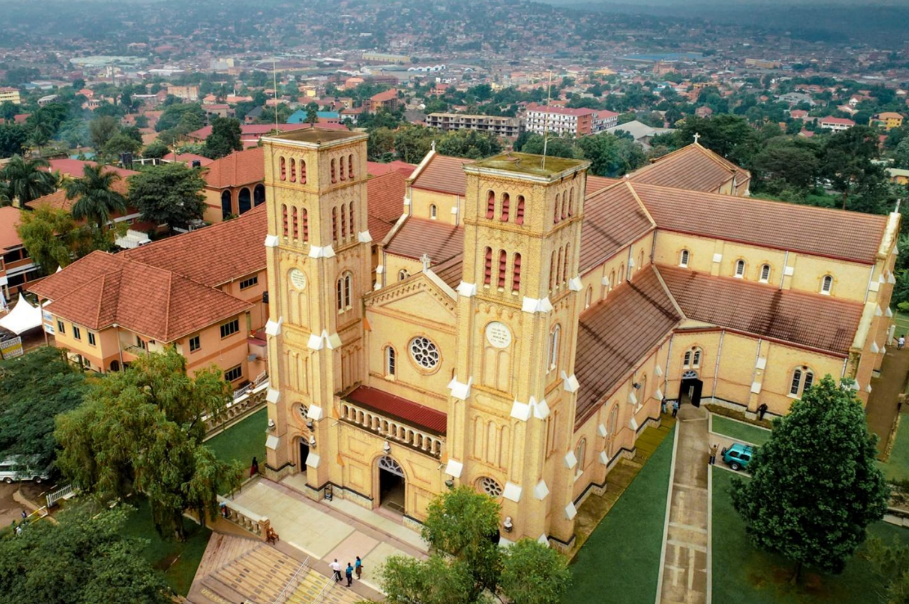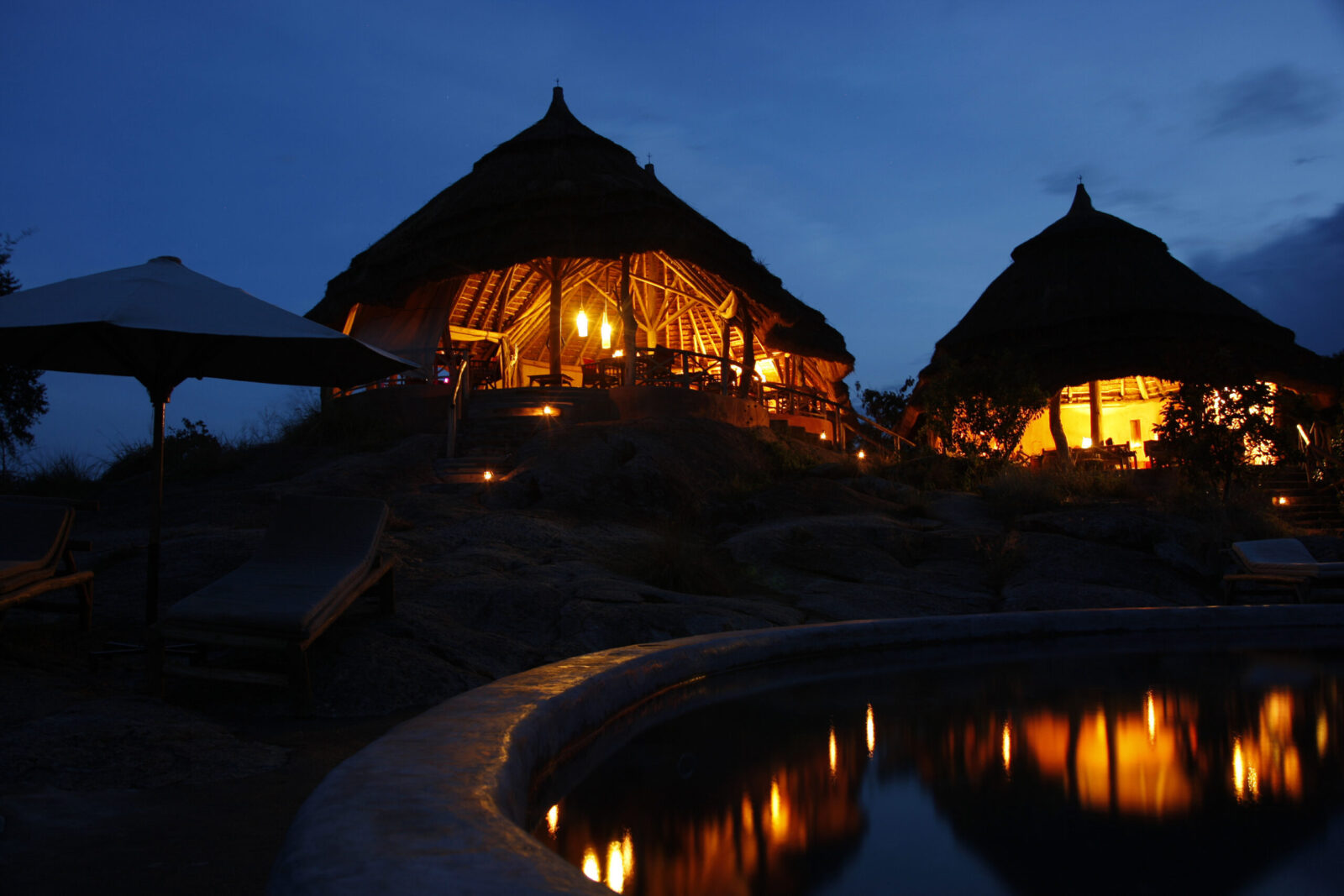Rubaga Cathedral: A Religious, Cultural and Historic Landmark in Kampala, Uganda – Kampala Walking Safaris
Rubaga Cathedral, also known as St. Mary’s Cathedral Rubaga, stands as one of Uganda’s most iconic religious landmarks. Located on one of the seven hills of Kampala, this cathedral holds significant spiritual importance and represents a key piece of Uganda’s colonial history and cultural heritage. In this blog, we’ll explore the history, architectural beauty, and cultural significance of Rubaga Cathedral.
A Glimpse into the History of Rubaga Cathedral
Rubaga Cathedral was officially opened in 1925, and its foundation is deeply rooted in the history of the Catholic Church in Uganda. The cathedral was built on Rubaga Hill, the site where King Muteesa I of Buganda gave land to the early missionaries. The Catholic missionaries, led by the White Fathers, played a pivotal role in spreading Christianity in Uganda, and Rubaga Hill became their base of operations.
The construction of Rubaga Cathedral marked a significant moment in the religious landscape of Uganda. It became the headquarters of the Catholic Church in the country, symbolizing the growth and establishment of Catholicism in Uganda. The cathedral is dedicated to St. Mary and continues to be a center of worship and pilgrimage for Catholics across Uganda and beyond.
Architectural Splendor of Rubaga Cathedral
The architecture of the Churchl is a stunning example of the Romanesque style, characterized by its grand arches, thick walls, and symmetrical design. The red-brick facade of the cathedral stands out against the lush greenery of Rubaga Hill, making it a striking feature of the Kampala skyline.
One of the most remarkable features of the Church is its twin towers, which rise majestically into the sky. These towers house the cathedral’s bells, which have been calling the faithful to prayer for nearly a century. Inside the cathedral, the high vaulted ceilings and intricately designed stained glass windows create an atmosphere of reverence and awe. The windows depict various biblical scenes and saints, adding a colorful and spiritual dimension to the interior.
The altar of Rubaga Cathedral is another highlight, featuring detailed carvings and religious iconography. The wooden pews, marble floors, and the serene ambiance make it a place of reflection and devotion.
Cultural and Religious Significance
Rubaga Cathedral is not just an architectural marvel; it is a living symbol of Uganda’s cultural and religious heritage. It has been the site of numerous significant events in the history of Uganda, including the consecration of bishops and the celebration of national religious holidays.
The cathedral also holds a special place in the hearts of many Ugandans as the burial site of prominent Catholic leaders, including Archbishop Joseph Kiwanuka, the first African Catholic bishop south of the Sahara. His tomb, located within the cathedral, is a place of pilgrimage for many who come to pay their respects.
Rubaga Cathedral plays an essential role in the community, serving as a venue for weddings, baptisms, and other religious ceremonies. It is also a focal point during the annual Martyrs’ Day celebrations, when thousands of pilgrims gather to honor the Ugandan Martyrs who were killed for their faith in the late 19th century.
Visiting the Church
For visitors to Kampala, this Church is a must-see destination. The cathedral is easily accessible from the city center, and its location on Rubaga Hill offers panoramic views of Kampala and the surrounding areas. The serene environment and the beautiful gardens surrounding the cathedral provide a peaceful retreat from the hustle and bustle of the city.
Visitors to the Church can explore the interior, admire the architecture, and learn about the history of the Catholic Church in Uganda. Guided tours are often available, offering insights into the cathedral’s past and its significance to the people of Uganda.
Conclusion
Rubaga Cathedral stands as a testament to the rich religious and cultural heritage of Uganda. Its historical significance, architectural beauty, and spiritual importance make it a landmark that continues to inspire and attract visitors from around the world. Whether you are a devout Catholic, a history enthusiast, or simply a traveler looking to explore Uganda’s cultural sites, a visit to this church is a journey into the heart of Uganda’s faith and history.



